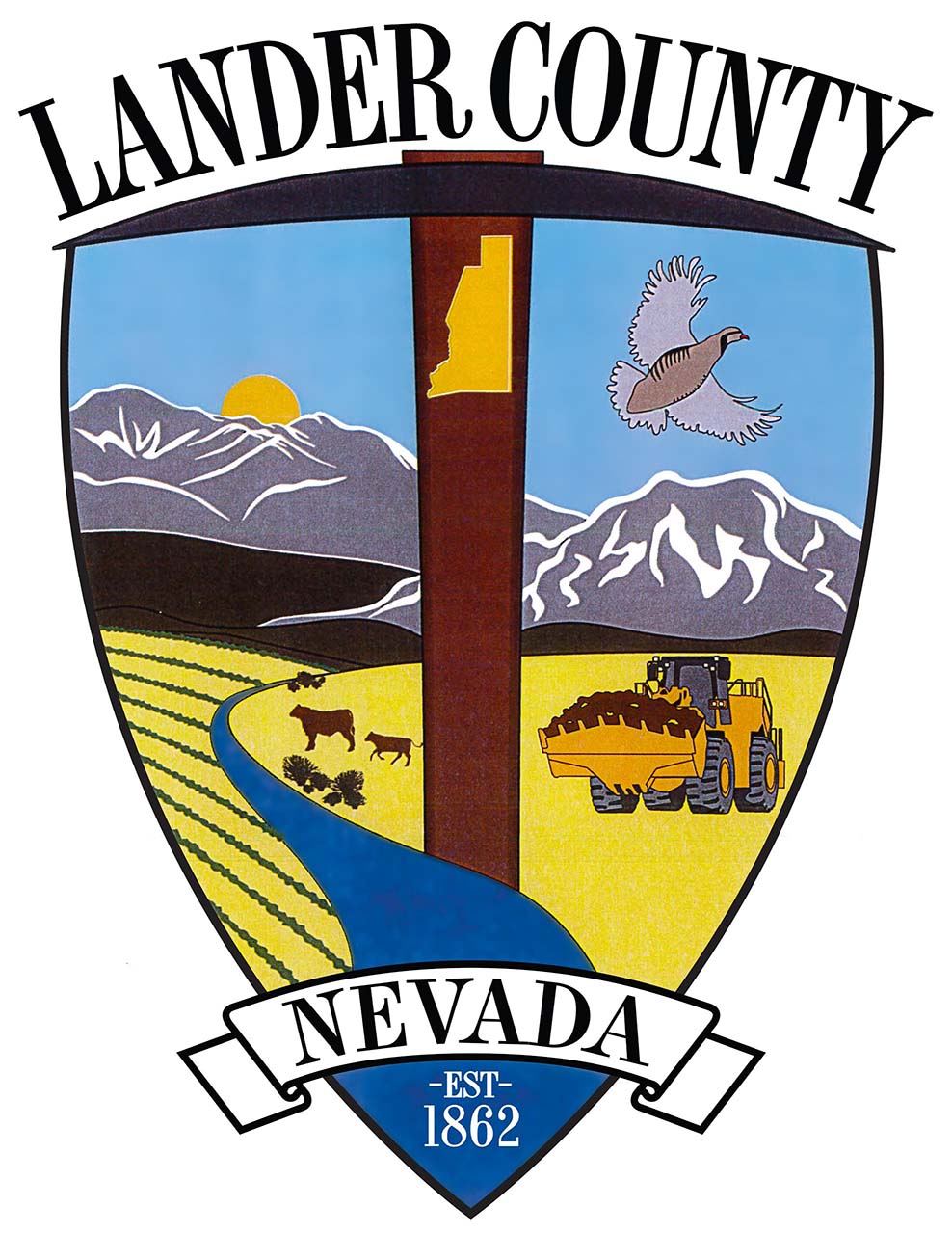Follow Us x
Berlin was a part of the Union Mining District, where mining discoveries were active from 1849 to 1880. The first silver discovery near Berlin was in 1861 and the Berlin mined operated from 1896 to 1908. It became a ghost town sometime after 1911. Evidence of old west mining techniques, as well as the general remnants life in the old west are evident in Berlin and the town is an excellent stop for a short visit on the trip to or from Austin and Big Smoky Valley.
To get to Berlin from Austin, head west on US50 about 65 miles to the SR361. Head south (towards Gabbs) for another 30 miles, then turn east on SR844 and from there it is about 50 miles to the Berlin Ichthyosaur State Park. After exploring the Berlin ghost town, go on to see the fossils of the ichthyosaurs. These extinct marine reptiles lived here 200 million years ago, growing as long as 56 feet and weighing in at 40 tons! The park has one of the world's largest concentrations of exposed fossils of these mighty beasts. (Note: these ichthyosaur fossils are at an elevation of 7,000 above sea level.) The park has a campground and nature trails, as well as a walking tour.
Victorine is not a "ghost town" strictly speaking, but it is the location of an old mine. It has old ruins and relics just like the others mentioned here, but with one exception-the Victorine is dusted off now and then and set to operation again. Be sure to drive by this interesting old mine while visiting in Kingston Canyon.
Belmont means "beautiful mountains" and the town is one of Nevada's most popular ghost towns. The Belmont Courthouse, built in 1876, is listed in the Nevada Historical Registry and is a frequent subject for western photographers. It was once the county seat for Nye County, which has since been moved to Tonopah. Remnants of the 20-stamp Monitor-Belmont mill, including a tall chimney, some retaining walls, and bits of old milling machinery are still present just outside of town. In the hills surrounding Belmont are the relics of other mining endeavors; a lime kiln, tall mill chimneys, stone walls, rough cabins, and trails strewn with old bits of metal and utensils. Modern day collectors have carried off much of the smaller collectibles, but the sharp eye can still find a bit of yesteryear tucked in the sagebrush and adjacent to the old stone structures.
Winter visitors are few, and there are two roads from SR376 that provide access. The first is SR377, a turnoff east of SR376 approximately at mile marker 31. It takes you up through Manhattan, then it becomes a dirt road, connecting to SSR82. You can also reach Belmont from the southernmost end of 376, by turning east onto SSR82 near mile marker 15.
Jefferson is located above historic Round Mountain, on SR 378, Jefferson's ruins give evidence of the traditional mining in the late 1800's as well as a mill structure that operated as late as the first World War. To reach Jefferson, take the 378 turnoff (around mile marker 46 on SR376) in Big Smoky Valley. Proceed past historic Round Mountain and up into the Toquima Mountain Range. The old town in located at the base of Mt. Jefferson, one of the tallest mountains in the state at an elevation of 11,941 feet.
Toiyabe City is an old mining town that had as many lives as a feline - all short lived. It is also known as Twin River and Ophir. It was finally abandoned in the 1930's, leaving some fascinating ruins of both the traditional stone mill and mine structures as well as the stick and mud cabins of the miners that worked there. Iron mine artifacts are also evident, scattered among the Junipers and pines in the breathtaking mountain canyon. A graveyard is just below the mouth of the canyon, overlooking Big Smoky Valley. Park Canyon is another abandoned townsite. It is located about ten miles north of Ophir. An aerial tram delivered the ore to a mill built high above. This trip is well worth the hike, offering some truly spectacular views from the old mill ruins.



